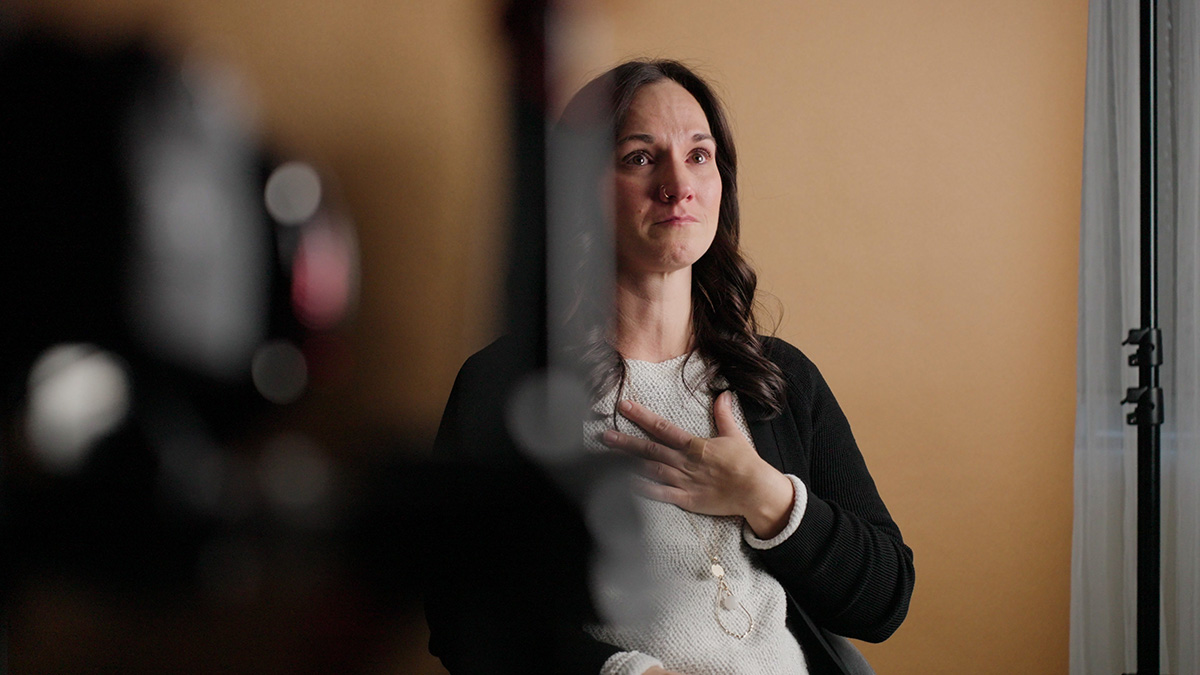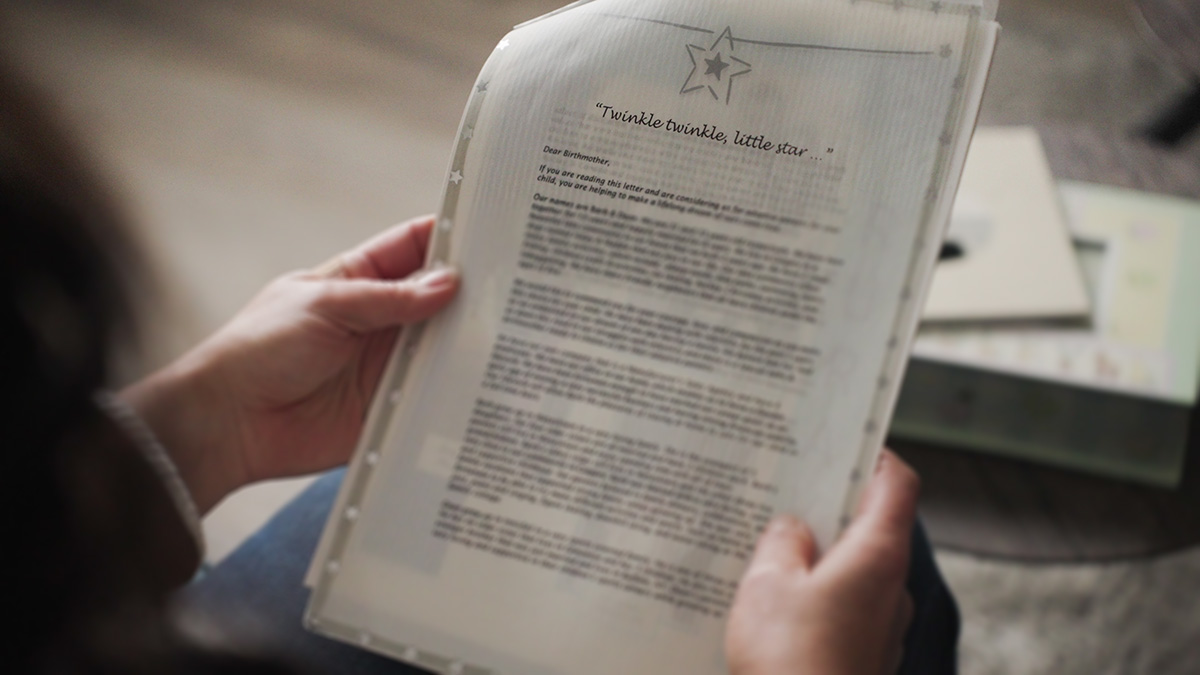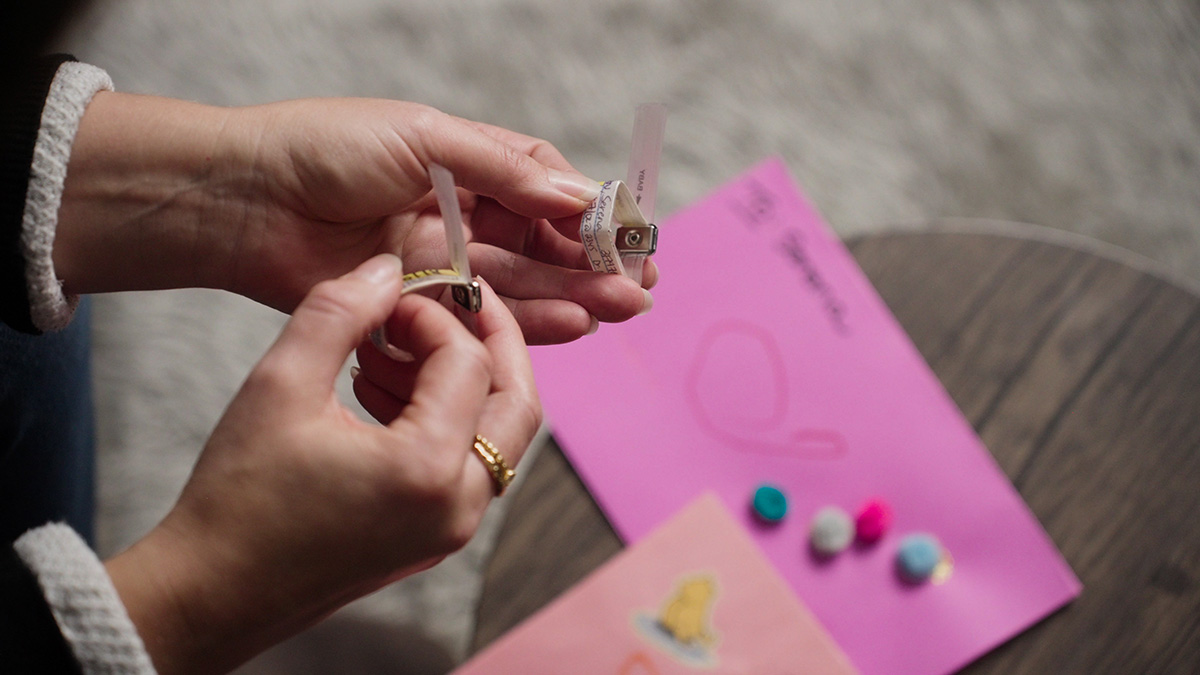Adoption is a gift, because I got to give my son the gift of the best life possible with his adoptive family. I got to gift the adoptive parents with the child that they so desperately wanted for years, and it's a gift to me because I get to see my son grow up and still be a part of his life.
Serena, Birthparent

It is frequently the case that choosing that which is right means choosing that which is challenging. In the instance of adoption, where a birth mother chooses the love for her child over all else, this could not be more true. As Serena can attest to, choosing adoption was the best decision she has ever made though it wasn’t an easy one. It was a choice that came packaged with hope and aspiration for her birth son but also with a deep experience of grief. In many ways, the process of placing a child for open adoption is a complete roller coaster. It has twists and turns, peaks and valleys, all of which evolve and change throughout time.
For Serena, this rollercoaster ride began when she was nineteen years old. Being young and having just started her adult life as a waitress in a small town, Serena recounts the revelation of her unplanned pregnancy as a scary and profoundly shocking one. She didn’t know what to do or where to turn. To Serena’s surprise, a coworker courageously revealed that she herself was a birthmother and had placed her birth child through open adoption. Upon learning that adoption needn’t be what is traditionally conveyed in the media, that birth mothers can choose adoptive parents and can stay connected to their birth children, Serena was blown away. In this lies a poignant point about our culture’s attitude toward adoption. Often, the idea of adoption is marred by negative stereotypes and is consequently viewed in a shameful light. Birth mothers are conceived as being selfish or “unfit” and are told that they will be unable to ever see their birth children again. In turn, our culture tells us that adopted persons are denied access to their story and must come to terms with never knowing where they come from or why they were placed for adoption. These common misconceptions are pervasive and serve to stigmatize birth mothers and isolate adopted persons. Ultimately, such prejudices against adoption prevent the occurrence of meaningful discourses that empower women, birth mothers, adoptive families, and individuals placed for adoption. It is therefore incredibly important to be open and honest when discussing the intricacies of adoption. It may seem like a small step, but facilitating meaningful conversations is a sure way to raise awareness and erase the stigma surrounding the adoption process. This is evidenced by Serena, who following her conversation with her coworker, was empowered to look up an open adoption agency in the yellow pages, walk through their doors and speak with a social worker. Serena describes their conversation as being a beautiful one; one that strengthened her conviction that open adoption was the perfect path forward for her.

The Best Decision I’ve Ever Made Wasn’t an Easy One
Shortly thereafter, Serena began the process of selecting an adoptive family for her birth son. She credits the discovery of the couple she chose to her partner at the time, who told her to stop whatever she was doing and immediately look at their profile. She fell in love with them right away! Their pictures spoke to her, and their “Dear Birth Mother” letter – which Serena remembers as being printed with care on stationery speckled with silver stars – had won her heart. The eight weeks that Serena and the chosen couple had leading up to the birth of her son were filled with shared moments, including a group ultrasound appointment where the adoptive parents had the opportunity to hear the child’s heartbeat.
Serena describes her labour as being a breeze. The adoptive mother and father were with her in the delivery room and were able to hold the baby first and leave the hospital with him in their arms. Saying “see you later” to the adoptive family was easy for Serena; it felt natural and reinforced her understanding that she had made the right decision for both her birth son and for herself. Three weeks following delivery and when the grieving process had begun, Serena longed to see her birth son. As open adoption allows for contact between birth parents and their birth children, this was not an issue. Serena travelled to the adoptive family’s home for the first time and was able to see firsthand how beautifully, how perfectly they were caring for her birth son. Once again, Serena was affirmed in her decision: this was simply meant to be.
To this day, Serena, her birth son, and his adoptive family enjoy a strong relationship. She feels overwhelmingly grateful for the opportunity to be a birth parent and to have been able to be involved in her birth son’s life.
In the present day Serena advocates on behalf of birth parents and seeks to dispel myths about the adoption process and those involved in it. She wants to erase the harmful idea that birth parents don’t want their children, that they don’t love them, and that adoption is an easy out. It is the opposite. In her words, “We love our children so much that we want to gift them the best life possible, [even] if that means choosing someone else to raise them so they can have all those opportunities we want for them.”

We love our children so much that we want to gift them the best life possible, [even] if that means choosing someone else to raise them so they can have all those opportunities we want for them.
We are looking for Birth Parents to share their stories and help educate Albertans on the impact of adoption.
